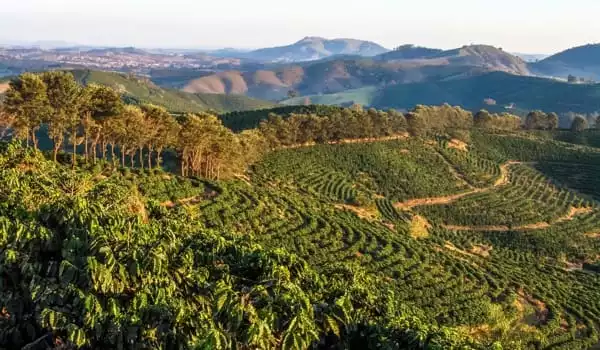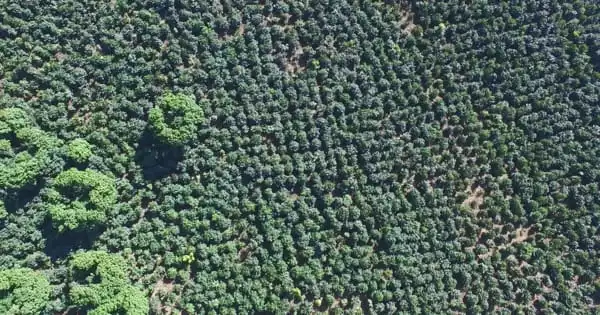The agricultural landscape of the planet may appear quite different in 2050 than it does now. Around 10 billion people will need to be fed, an increase from the current population of nearly 8 billion, and climate change will affect where that food comes from. Already, rising temperatures are allowing tropical commodities to thrive in hitherto untapped growing regions further north—citrus, for example, is being cultivated in Georgia, and avocados on Italy’s island of Sicily.
According to a new study, as climate change proceeds, the most appropriate places for growing coffee arabica, cashews, and avocados may shrink in some of the major producing countries. These findings were published in the open-access journal PLOS ONE by Roman Grüter and colleagues from Zurich University of Applied Sciences in Switzerland.
Coffee, cashews, and avocados are valuable crops for both customers and tropical small-scale producers worldwide. Extensive research indicates that climate change would diminish the suitability of cultivating coffee arabica, the leading coffee species, in the majority of places where it is currently farmed. However, such studies have not taken into account land and soil features, which may also have an impact on applicability. Meanwhile, no studies have been conducted to determine how climate change may affect avocado and cashew suitability on a worldwide basis.
The study delivers the first global assessment of climate change consequences on cashew and avocado adaptability. Areas suitable for production of cashew and avocado are predicted to expand globally, but areas of highest suitability may decline in most major producing countries.
Roman Grüter
Warming will have the greatest impact on coffee of the three crops: The study model predicts an overall drop in the number of places where it could grow by 2050. The results for cashews and avocados were more difficult. Certain growing regions would see decreases in such products, while others, such as the southern United States, would likely find additional acreage suitable for tropical food crops such as cashews and avocados.
Grüter and colleagues used climate change forecasts and soil characteristics to computationally simulate and anticipate how viable different places throughout the world will be for growing coffee, cashews, and avocados in 2050. They considered land and soil needs for the crops, such as pH, texture, and slope, as well as forecasts from 14 global climate models under three alternative future emission scenarios.
According to the analysis, some places will become more suited for each crop, while others will become less suitable. Coffee is the most vulnerable of the three, with reductions in suitability expected in all major producing countries, including Brazil, Vietnam, Indonesia, and Colombia. Highly appropriate cashew locations are expected to decline in some main producing countries, including India, Côte d’Ivoire, and Benin. Avocado-growing regions will also shrink in certain major producing countries, including the Dominican Republic, Peru, and Indonesia.

This study builds on prior research that has shown that climate change will have a negative impact on coffee beans. It provides more evidence of decrease by examining a broader range of parameters, such as how soil PH and texture may alter with increased rainfall. It is also the first global examination of how climate change may influence cashew and avocado growing regions.
Meanwhile, areas favorable for all three crops, particularly cashews and avocados, may increase at greater altitudes and latitudes. Regions with better future suitability include the United States, Argentina, China, and East Africa.
These findings point to the importance of climate change adaptations in key producing countries, such as breeding for varieties that can withstand greater temperatures or drought. Strategies for mitigating the environmental impact of any growth to new places will also be required.
Climate change studies on agriculture have frequently focused on profitable crops such as soy, corn, and wheat. Grüter, on the other hand, believes that foods grown on small-scale farms have received less attention, despite the fact that they will be an important piece of the puzzle when it comes to preparing the world food supply for climate change. Small farms generate one-third of the world’s food, according to the Food and Agriculture Organization. The three crops studied in the study are especially crucial to understand since, unlike corn or wheat, they are planted years before harvest, which means crop selection decisions are based on assumptions about future growing conditions such as temperatures and rainfall patterns.
“The study delivers the first global assessment of climate change consequences on cashew and avocado adaptability,” the authors write. Areas suitable for production of cashew and avocado are predicted to expand globally, but areas of highest suitability may decline in most major producing countries.”





